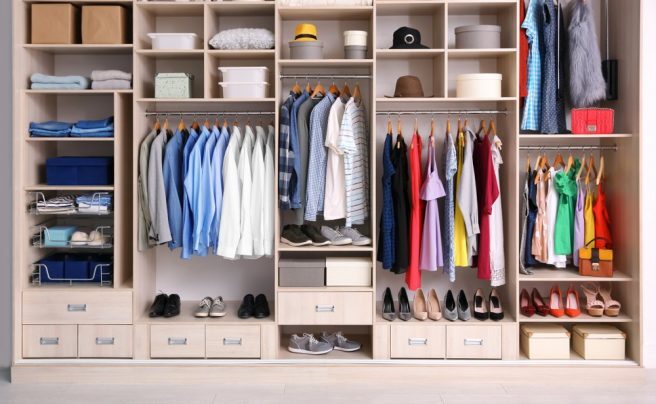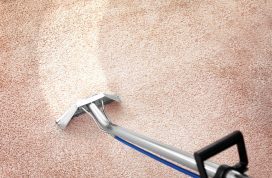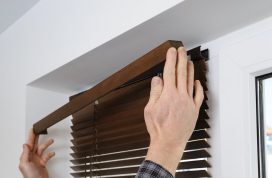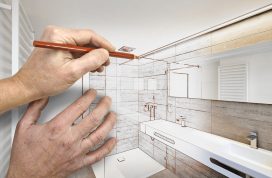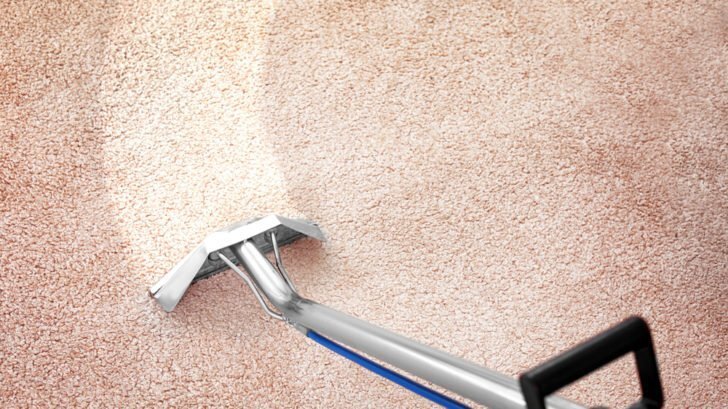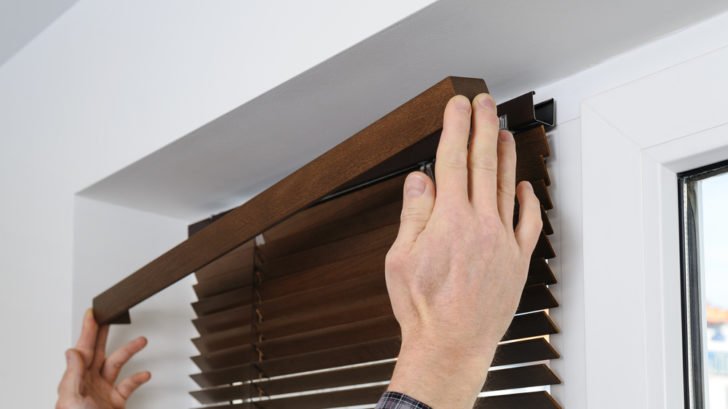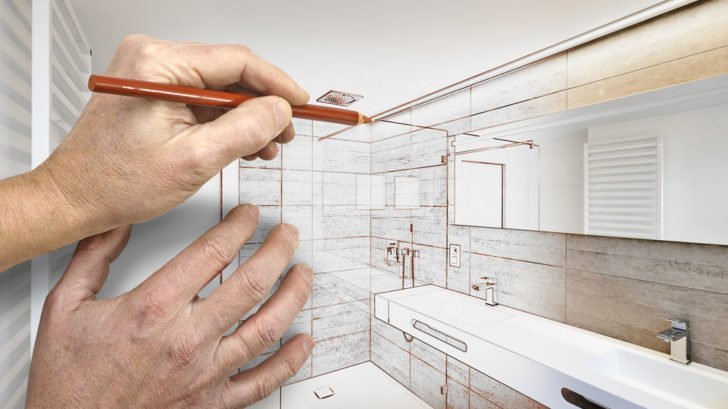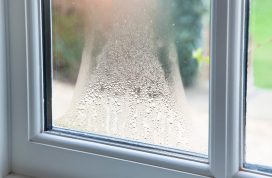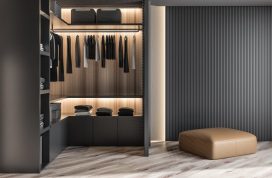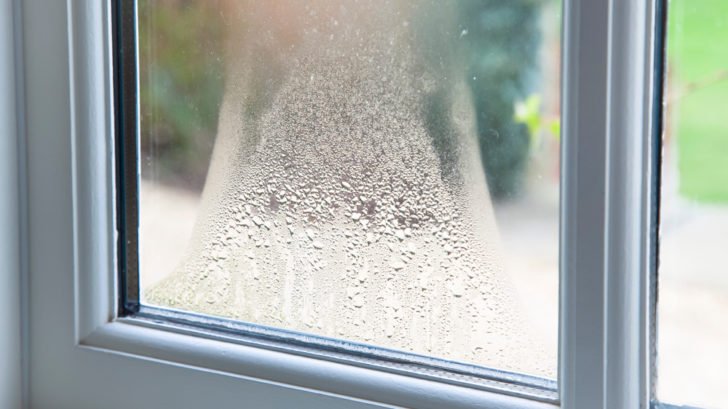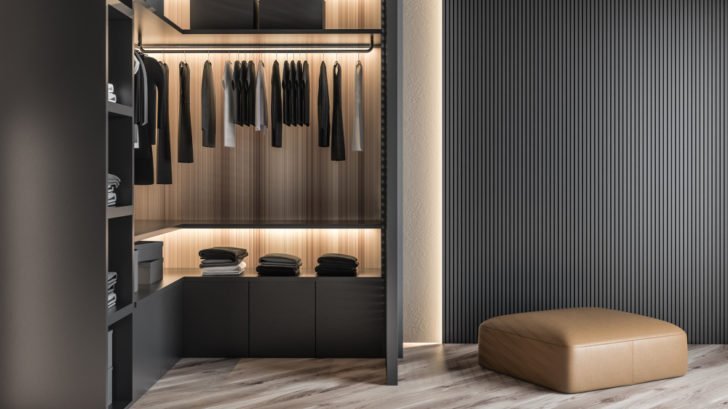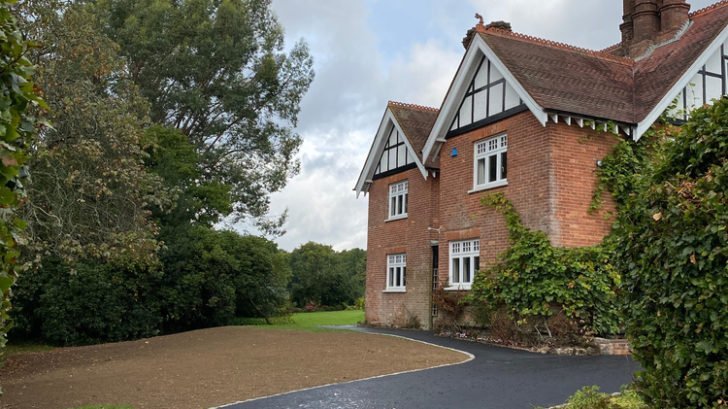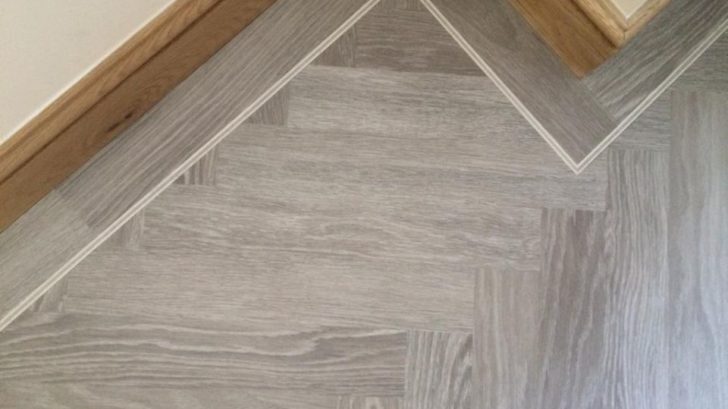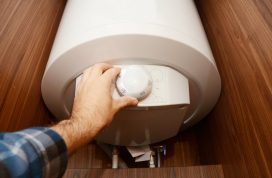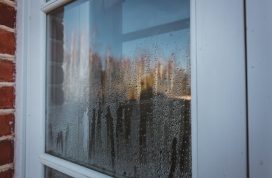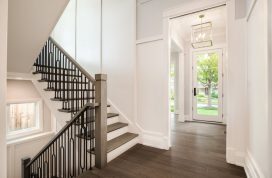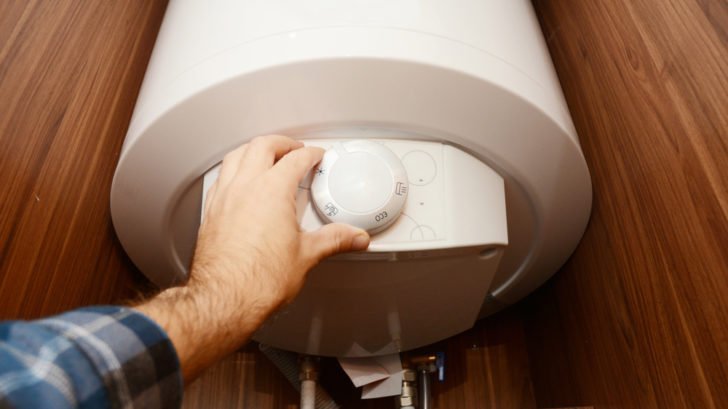How to Guide for Fitted Wardrobes
After the bed, a wardrobe is the next important piece of furniture in the bedroom. Therefore, it’s crucial to take your time while choosing the design and materials.
In this guide, we shall discuss the planning and preparation of the fitted wardrobes, some of the factors to consider when designing your wardrobe and the different types of fitted wardrobes.
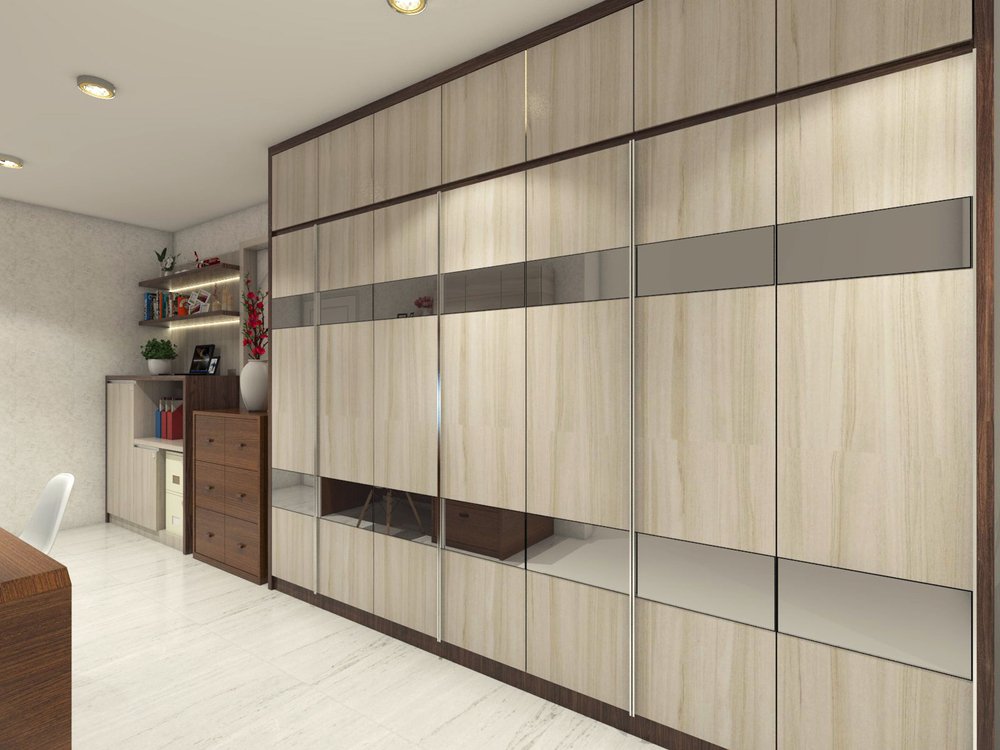
Planning and Preparation
A fitted wardrobe can transform your room from looking cluttered into classy and sophisticated because of the various designs and shapes.
Below are some of the steps that you should take:
- Measure the Room
It’s important to have an approximate measured guide of the bedroom where the installation will take place. Measurements should be from wall to wall and from the ceiling to the ground. You can then use these figures while cutting the board for the wardrobes either on DIY or by a tradesperson.
Afterwards, transfer the figures on a square grid paper to get a better insight into the room and make the starting process easier and faster.
- Decide on the Size of the Fitted Wardrobe
This may be a standard with many shelves inside, or you may wish for your wardrobe to run from wall to wall.
- Choose Your Design
Since there is a rough idea of the size; you can choose the design. In case of extra room on the walls, you can select a custom-fit plinth or an end panel to fill in the gap.
- Add a Plinth
A plinth is a necessary component in finishing any type of wardrobe used in covering the structural base. However, anything added on top is out of choice. For example, you can add a cornice to give more elegance to your wardrobe and seal the upper part completely.
- Add Your Internal Storage Space.
Knowing what to store in the different areas provided will ensure that they fit their purpose. They can either be hanging rails, pigeonholes, or drawers organiser’s unit. In addition, the design chosen while picking the internals for your wardrobe will be highly dependent on your personal preference.

Types of Internal Storage
- The Relax Storage System
It’s primarily used if the ceiling spacing is over 2.7m as the system uses a horizontal layout which requires a lot of space in between. There are also vertical hanging rails and some closed cabinets.
Some of its key features include:
– An anodized aluminium finishing posts.
– A lot of room for the storage of awkwardly shaped belongings.
– Has a variety of accessories.
– Wood and linen are available for the finishing.
- The Aura Storage System
It uses a ceiling-to-floor system with adjustable accessory hooks. Moreover, it makes the storage system more flexible as the spaces and design can be easily altered depending on your mood and the items stored.
Some of its key features include:
– Large capacity for shelves and drawers.
– Telescopic posts that fit from ceiling to the floor(2.1m – 2.7m)
– Can easily be adjusted to fit your room’s needs.
Factors to Consider Before Choosing a Wardrobe Design
- Consider Functionality and Accessibility
It’s important to take into consideration some of the most used items in your wardrobe. Additionally, think about the doors, shelves, drawers and racks’ spacing and design to achieve the maximum use of the space provided and easily accessible.
- Type of Clothing
The kind of attires placed in the wardrobe will determine its design as some clothes are prone to tear and retain dust. Therefore, it’s advisable to have a clear understanding of the dimensions cut for the wardrobe. In addition, the type of clothes may require more hangers than others that can be easily folded on the shelves.
- Area
It’s necessary to ensure that the space in the room can fit your desired wardrobe. In addition, consider the types of clothes you often wear to allow easy access into the wardrobe.
Types of Fitted Wardrobes
- Alcove
It’s best suitable for rooms with corners or uneven length. Their design fits any gap or capacity without consuming a lot of space. Each storage unit can have its size and design depending on the clothing or items stored. In addition, you can extend them forward to create more room if need be.
- Walk-in
For rooms with extra space, it’s the most suitable design. Turning an empty room into a walk-in wardrobe is a dream come true for many people.
It has space to accommodate many clothes, shoes and other valuables. For this reason, a walk-in wardrobe can have different designs and themes.
- Wall-to-Wall
It is the most common wardrobe in most homes. As long as there are two adjacent walls in the room, you can easily fit the wardrobe with the ceiling and floor storage.
- Around the Bed
This type of closet is more common in houses with limited space. Typically, there will be hanging rails on either side of the bed. Then the wardrobe will go over the bed’s headboard providing additional storage. Mostly, either clothes are folded and stored neatly on the overhead space or shoes and bags are arranged on top.
Types of Internal Storage Available for Fitted Wardrobe
The internal storage can significantly impact how the look of your wardrobe is going to turn out. So, when building and designing your fitted wardrobe, it’s essential to understand the final look. Also, the design of your wardrobe can reflect your character and subconscious behaviour.
The different types of internal fittings suitable for closets include:
- Racks
They can be built at the bottom to hold your shoes or at the edge to hold your bags, ties or coats.
- Drawers
They are used to store small clothing like t-shirts, vests, underwear and socks. Also, they give your cupboard a tidy look.
- Clothes rails
The most obvious thing for a wardrobe is storing clothes. You may opt for one long rail or two rails at different heights to accommodate your hanging clothes like dresses, shirts and coats.
- Mirror
Having a mirror in your closet can help you when getting ready. In addition, it helps to reflect light into your wardrobe.
How to Care For Your Fitted Wardrobe
Fitted cupboards are often a magnet for mould and dampness due to low air circulation. Therefore, cleaning the area with a fitted wardrobe becomes tricky because of the restricted access. In addition, the use of bleach and other cleaning detergents can damage the wood on your wardrobe, leaving it vulnerable to rot.
Some of the causes of dampness behind your wardrobe are:
- Wet clothing – Hanging wet clothes nearby is the most common reason for damp accumulation. The extra moisture introduced in the small space creates a perfect breeding ground for mould to grow.
- Condensation – If your room does not have proper air circulation, it may attract moisture from the washroom or the humid air in circulation. The damp air is trapped behind the fitted wardrobe creating a conducive ground for mould.
Below are some of the ways you can prevent dampness from accumulating in your wardrobe:
- Heating
You can introduce low heat to ensure air is circulating inside the confined space to prevent dampness.
- Drill holes at the back of your wardrobe, which will provide the necessary ventilation.
- Opt for an open wardrobe
Instead of fitting your wardrobe with doors, you can opt to have it open to allow air to circulate freely.
- Replacement
If the issue persists, it’s advisable to replace your wardrobe to stop the spread of mould into other parts of the room.
- Reduce moisture in the air
You should consider closing the doors to your bathroom an hour after using to ensure moisture does not spread. Additionally, you should dry your clothes outside and cover your cooking pots while cooking.

